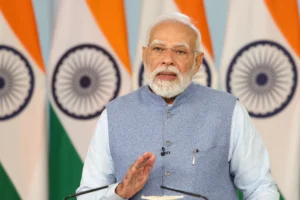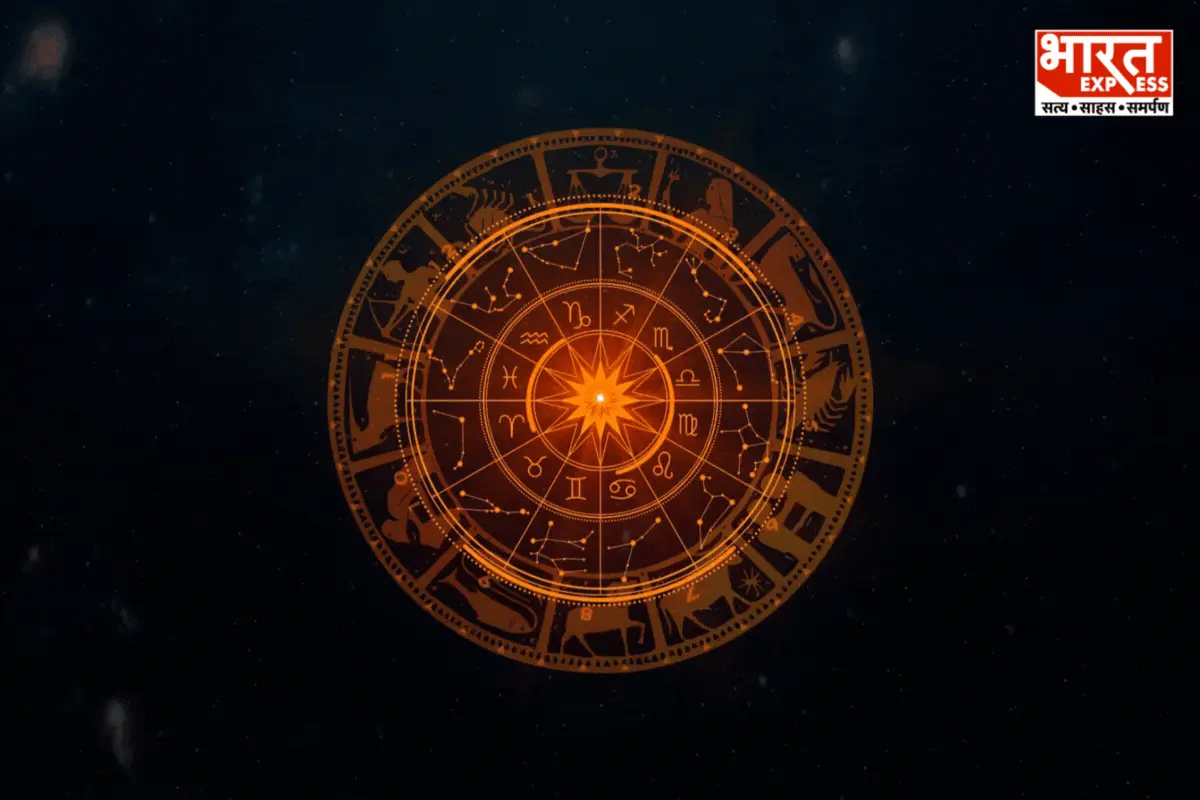
On Tuesday, the India Meteorological Department (IMD) said a slight delay is expected at the onset of the southwest monsoon across Kerala and it is expected to arrive by June 4.
Scientists, on the other hand, believe the delay will have little impact on Kharif sowing and overall rainfall across the country.
With a standard deviation of roughly 7 days, the southwest monsoon usually arrives over Kerala on June 1.
In a statement, the Met office said, “This year, the southwest monsoon onset over Kerala is likely to be slightly delayed. The monsoon onset over Kerala is likely to be on June 4 with a model error of 4 days”.
The monsoon, according to private forecasting agency Skymet Weather, is expected to arrive in Kerala on June 7 with a three days error margin.
The statement further reads, “The onset will be delayed and the advancement slightly sluggish over peninsular India. Hot weather will continue deep into June this year over central and northern parts of the country. This may not augur well for Kharif sowing”.
The monsoon came in the southern state on May 29 of last year, June 3 in 2021, June 1 in 2020, June 8 in 2019, and May 29 in 2018.
Except for 2015, the IMD’s estimates for the onset of the monsoon over Kerala have proven to be accurate during the last 18 years.
The expected monsoon onset is within 7 days of the standard deviation. According to IMD chief M Mohapatra, it is unlikely to have an influence on Kharif sowing and overall rainfall across the country.
Mr. Mohapatra said, “There is no one-to-one relationship between the onset date and the total rainfall over the country during the season. Also, the monsoon arriving early or late in Kerala doesn’t mean it will cover other parts of the country accordingly. The monsoon is characterized by largescale variabilities and global, regional, and local features”.
The former secretary of the Union Ministry of Earth Sciences, M Rajeevan said it is unlikely that the delay is due to Cyclone Mocha.
He further said, “Had the cyclone developed around May 20-May 25, it would have really affected the monsoon. The cyclone (Mocha) is already over”.
“It could be due to insufficient heating over the Indian subcontinent”, he continued.
“The progress of the monsoon also depends on other factors such as the phases of Madden-Julian Oscillation and how the El Nino is evolving”, Rajeevan added.
The temperature and pressure difference between the Indian landmass and the Indian Ocean drive the Indian monsoon.
Also read: Share Markets Decline Following Two-Days Rise; Sensex Dips By Over 413 Points
To read more such news, download Bharat Express news apps



















